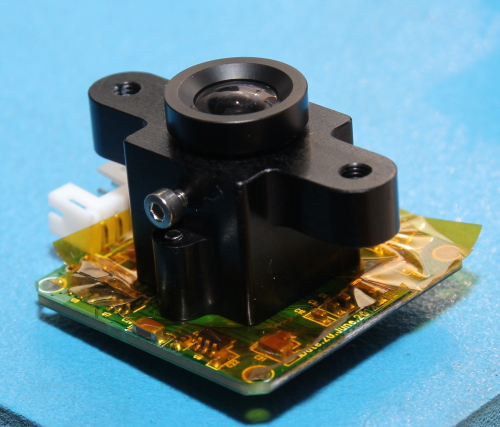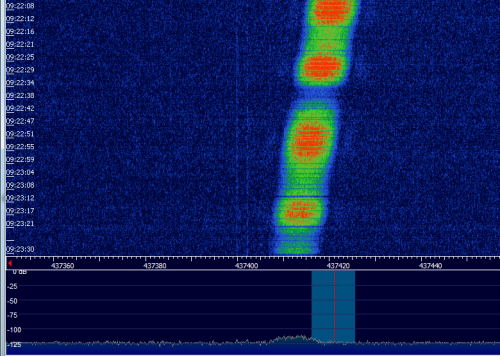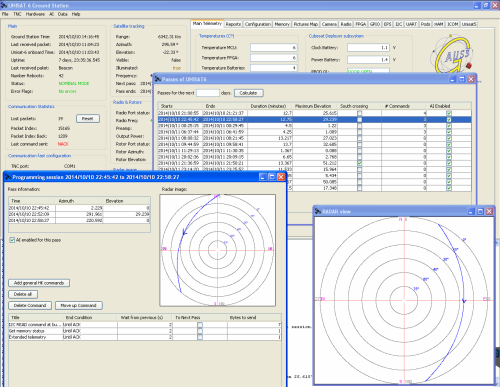UNISAT-6 has travelled over 73 million kilometers since its launch, completing over 1656 orbits. During this period the satellite has transmitted more than 16 megabytes of recorded telemetry and 518 pictures. Even if these numbers might not be very spectacular in today’s standards, it is a great achievement for a satellite communicating in UHF with a bandwidth of 9600bps.
From those 518 pictures, around 450 were made in very low resolution in order to get a video of the satellite while rotating, those videos have been already downloaded and have been posted in our Youtube channel in order to share them with you. But we did not want to make it too easy for you! Most of these videos are yet secret and the URLs are broadcasted by UNISAT-6 text beacon. This is our personal way to thank the radio amateurs community, that has been sending us telemetry of the satellite every day. If you want to be the first one in watching any of these videos, you will have to point your antennas to our satellite and listen up carefully! Otherwise you will have to wait that we make them public some days after the broadcast of the satellite.
UNISAT-6 video over Europe recorded on the 27th of July 2014 starting at around 9:22 UTC.
If you don’t want to invest much money but you still want to hear UNISAT -6 while it passes over your home, you can just use a small SDR and a 9dB homemade Yagi antenna, or you can even use a low-end handset to listen to it.
If you have been following us on twitter (@gaussteam), you already know that the satellite has entered in Safe Mode three times over the last three months of operations, all the three events were related to the internal flash memory handling of the satellite. Two of the events were triggered due to an operation error while handling it, the other event was a latch up generated while passing over the South Atlantic Anomaly that was cleared after power cycling the satellite for around 100ms. All these events were correctly handled by the onboard systems, halting non critical operations and calling home for diagnostics and help.
We have also completed the works on the ground station, we have now ended two weeks of full automatic operations without the need of operators. We now have a weekly meeting to decide the operations of the satellite and within a few minutes all the commands for the following week can be loaded on the ground station than then properly handles the commanding and the download of telemetry or picture data. If any anomalies occur, the ground would always send a warning email to the operators on call and halt the operations waiting for human control.
Stay tuned with UNISAT-6, await for a picture gallery and more videos that are coming in its beacon!



